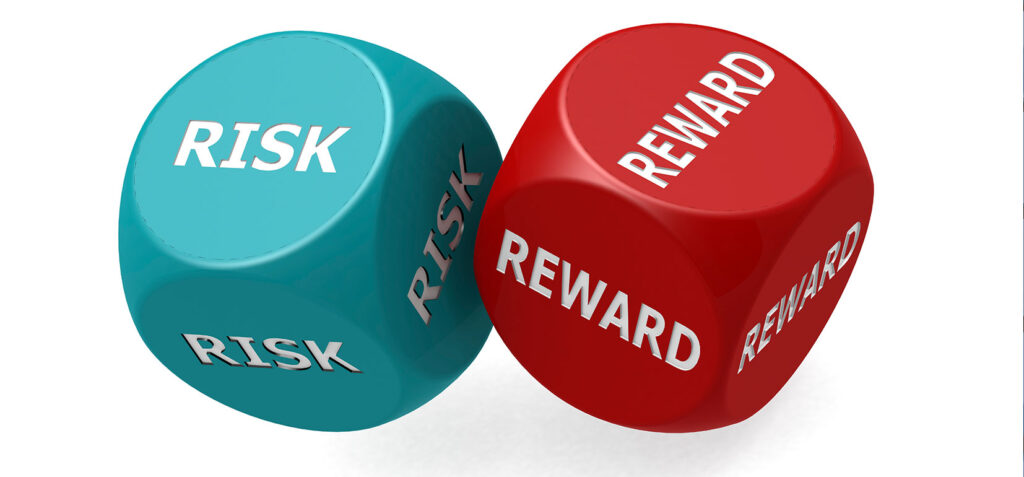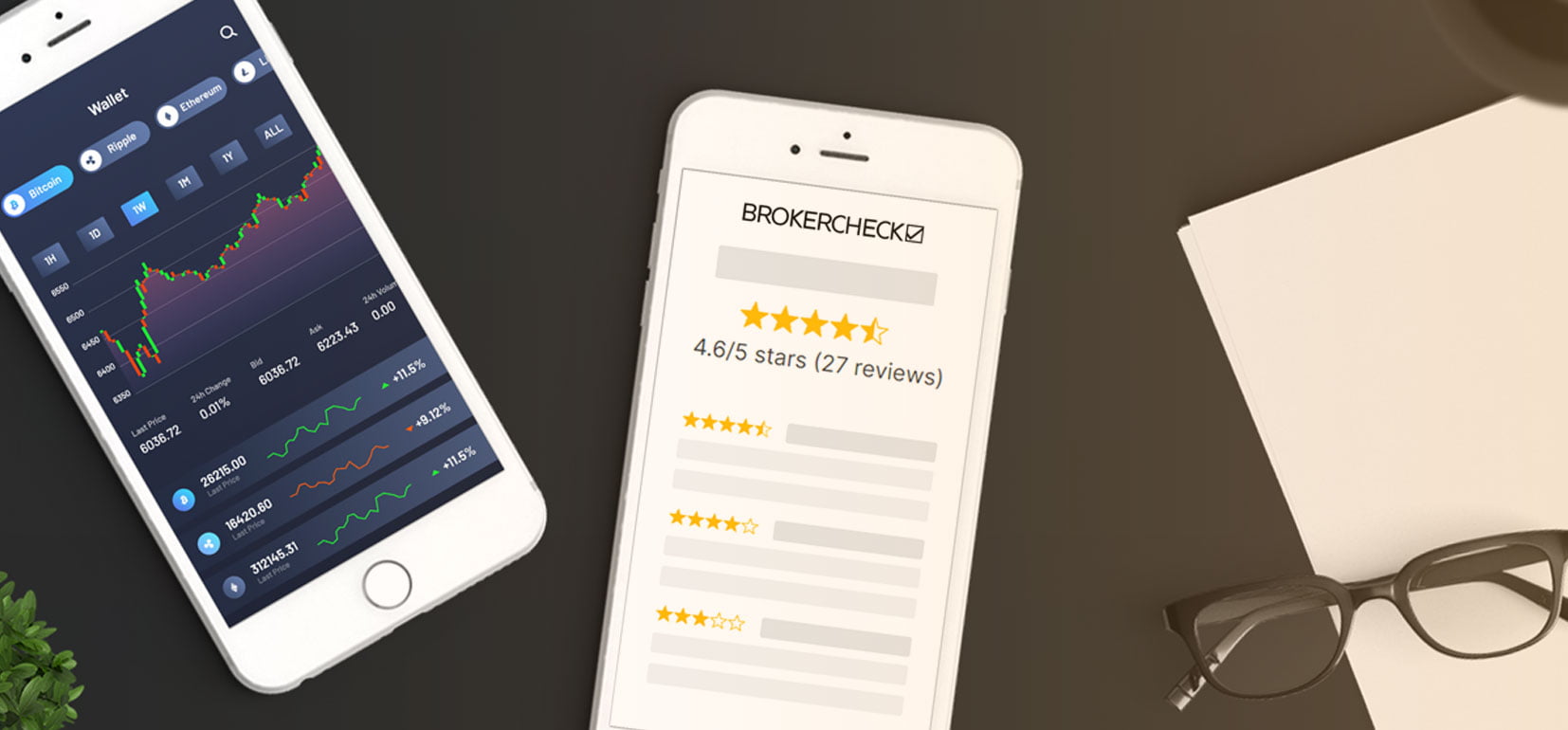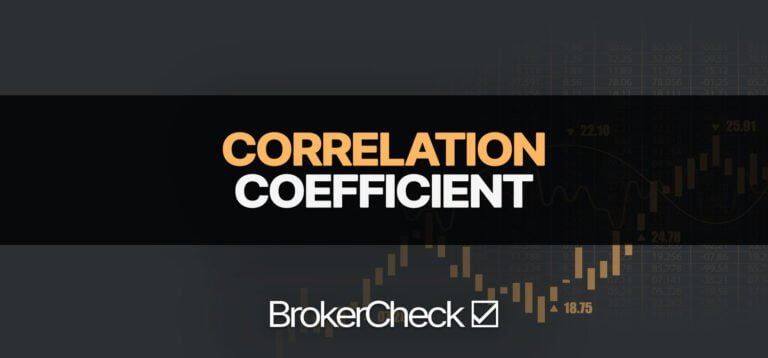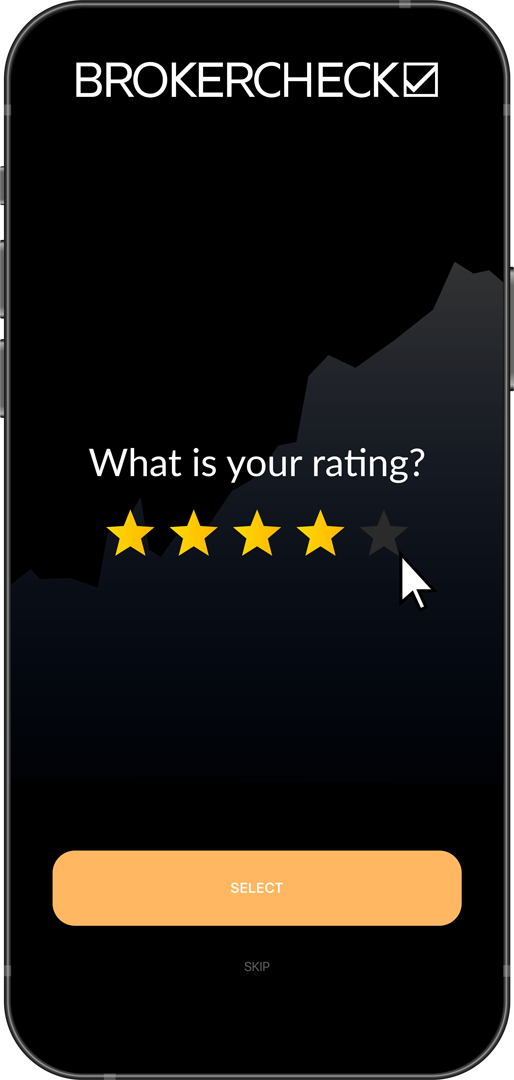Introduction
Forex trading can be a highly profitable endeavor, but it is also a highly risky one. To be successful, traders need to be able to manage their risk effectively. One of the most important tools for doing this is the risk-reward ratio.
The risk-reward ratio is an incredibly powerful tool for traders, especially those who participate in the Forex market. It is a measurement of the risk and reward associated with a particular trading strategy, and can be used to analyze and compare different strategies in order to determine the most profitable approach. Understanding the basics and mastering the use of this powerful tool are essential for traders of any skill level if they want to succeed in the market.
In this blog post, we will explore the power of the risk-reward ratio for traders and how it can be used to manage risk and increase the chances of profitability. We will delve into the basics of the ratio, including how it is calculated and how it can be used to determine the profitability of a trade. We will also discuss how the ratio can be used to create a structured and disciplined approach to trading, set realistic profit and loss goals, and minimize losses.
Understanding the Basics of Risk-Reward Ratio
The risk-reward ratio is a metric that is used to determine the profitability of a trade by comparing the potential reward to the potential risk. The ratio is calculated by dividing the expected profit by the expected loss. A higher ratio indicates that the reward of taking the risk is higher than the risk involved, while a lower ratio indicates that the risk is too high for the rewards generated.
One of the key ways that traders use the risk-reward ratio is to determine when to enter or exit a position. If a trade has a high risk-reward ratio, it may be more profitable to enter the trade. Conversely, if a trade has a low risk-reward ratio, it may be more prudent to exit the trade and look for more favorable opportunities.
How is the Risk-Reward Ratio calculated?
The formula for calculating the risk-reward ratio is quite simple: it’s the ratio of the potential profit to the potential loss. It is typically represented as a decimal or a ratio, with the potential profit being the numerator and the potential loss being the denominator.
For example, if a trader is considering a trade that has a potential profit of $100 and a potential loss of $50, the risk-reward ratio would be calculated as follows:
$100 (potential profit) / $50 (potential loss) = 2
In this case, the risk-reward ratio is 2:1, meaning that for every dollar of potential loss, there is a potential return of two dollars. This is considered a favorable risk-reward ratio, as it suggests that the potential reward outweighs the potential risk.
Another example, if a trader is considering a trade that has a potential profit of $50 and a potential loss of $100, the risk-reward ratio would be calculated as follows:
$50 (potential profit) / $100 (potential loss) = 0.5
In this case, the risk-reward ratio is 1:2, meaning that for every dollar of potential profit, there is a potential loss of two dollars. This is considered an unfavorable risk-reward ratio, as it suggests that the potential risk outweighs the potential reward.
It is important to note that the risk-reward ratio should be considered in conjunction with other factors such as the trader’s risk tolerance, the volatility of the market, and the trader’s overall trading strategy.

Maximizing Profit Potential with Risk-Reward
Setting Realistic Profit and Loss Goals
When setting realistic goals, traders should take into account both their expected profit and loss to calculate the risk-reward ratio. The higher the ratio is, the better it is for the trader, as it indicates the potential for higher profits for a given amount of risk. A lower risk-reward ratio may indicate that the risk is too high for the returns generated.
Creating a Structured and Disciplined Approach
Risk-reward ratio can be used to create a structured and discipline approach that maximizes returns while minimizing risks. For this, the risk-reward ratio should be calculated before entering a trade. By having a clear picture of the potential risk and reward, traders can make better-informed decisions and plan their trades accordingly.
Minimizing Losses
Traders should also focus on minimizing their losses. By setting a reasonable risk-reward ratio, traders can reduce their losses even when the trades don’t go as expected. This will help them to maintain their profitability over time. Additionally, setting stop-loss orders at a level that corresponds to the trader’s risk-reward ratio can also help minimize losses and protect their trading capital.
Understanding the Real-World Performance of Risk-Reward Ratio
Theoretical vs Real-world Results
When trading, it’s important to remember that the risk-reward ratio is only a measurement of theoretical results and does not guarantee any real-world performance. There are many variables that can affect the outcome of a trade, such as market conditions, economic events, and even emotions.
Accounting for Real-world Variables
To account for real-world variables, traders should always consider multiple indicators and analysis methods when making trading decisions. Additionally, traders should also be aware of their own emotions and biases, and take steps to manage them effectively. This can include setting clear rules for entering and exiting trades, as well as using tools such as a trading journal to track their performance and identify areas for improvement.
Using Risk-Reward Ratio to Manage Your Portfolio
Identifying the Most Profitable Trades
By properly calculating the risk-reward ratio for each trade, traders can identify which trades are most profitable and position themselves accordingly to minimize their losses. This can include analyzing historical data, studying market trends and identifying patterns, and monitoring economic indicators.
Diversifying Your Portfolio
Traders can also use risk-reward ratio to diversify their portfolio. By carefully analyzing the risk-reward ratio of different trades, traders can determine which trades are the most profitable and allocate their capital accordingly. This can include diversifying their portfolio by trading multiple currency pairs, investing in different markets, or using different trading strategies.
Adopting a Balanced Risk-Reward Ratio Strategy
The importance of a well-rounded approach to trading cannot be overstated when it comes to using risk-reward ratio. While the ratio is a powerful tool for maximizing profits and minimizing losses, it is important to remember that it is only one aspect of a successful trading strategy. A balanced approach that takes into account multiple factors such as market conditions, economic indicators, and personal risk tolerance is crucial for long-term success.
Balancing Risk and Reward for Long-Term Success
One of the key ways to balance risk and reward is to set realistic profit and loss goals. While it may be tempting to aim for high returns with little regard for the potential risks, this approach is not sustainable in the long run. By setting realistic profit and loss goals based on the risk-reward ratio, traders can ensure that they are taking on an appropriate amount of risk for the potential rewards.
Diversifying Your Trading Approach
Another way to balance risk and reward is to diversify your trading approach. This can be done by using a variety of different trading strategies and techniques, rather than relying on just one or two methods. By diversifying your approach, you can reduce the overall risk of your trading portfolio while still pursuing potential profits.
Managing Risk and Emotion
Managing risk and emotions is also a key part of a balanced risk-reward strategy. It’s easy to get caught up in the excitement of a winning trade or the disappointment of a losing one, but it’s important to maintain a level head and stick to your trading plan. This can be done by setting clear stop-loss orders and taking regular breaks from trading to gain a fresh perspective.











